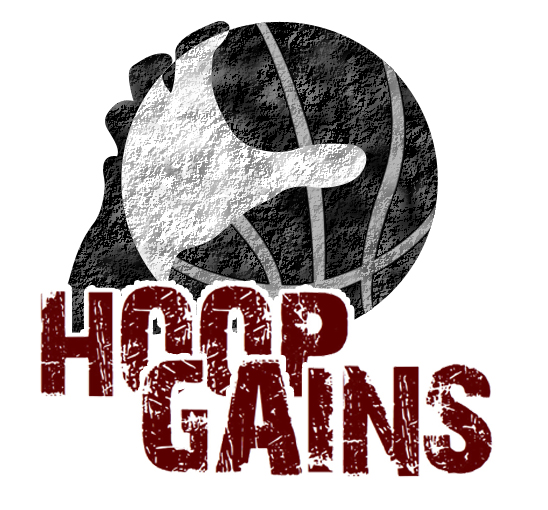R.E.P.S. The Simple Acronym for Creating Effective Drills
/You’ve probably heard the phrase, "give a man a fish and feed him for a day; teach him how to fish and feed him for a lifetime.” Well, this relates to skill training as well.
I could give you a specific drill and it would help you in the short term. But when your skills develop or you change position or you move to the next level, you'll need to learn a new skill. To learn that new skill, you’d have to rely on someone else to create a drill for you. That would be like giving you a fish.
But if I can teach you how to discern an effective drill and create one for yourself, then you can create your own drills and become self-sufficient in your development. That would be like teaching you how to fish.
So, in the spirit of learning, here’s a tip to help you learn how to fish. I got this tip from Daniel Coyle’s tremendous book The Little Book of Talent (and I’ll be sharing more from this book down the line).
When trying to create an effective drill, just remember the acronym R.E.P.S.
R: Reach and Repeat
Effective drills force you to reach just beyond your comfort zone and operate at the very edge of your abilities. This is what Daniel Coyle calls the “sweet spot.” It’s in this area of difficulty (where intensity of focus is high) that the most rapid improvement is made.
But one reach isn’t enough, design the drill so that you have to reach over and over again.
Engagement
You’re much more likely to work hard when the drill excites you and commands your attention.
One way to do this is to manipulate the scoring to make the drill a game or competition.
For example: instead of making 5 shots in a row at each spot (block practice), alternate between 3’s and 1 dribble pull ups (variable practice). Misses count as -1 and makes count as +1. The drill ends when you get to either +7 or -7.
You may not be thrilled by doing simple shooting drills, but I guarantee you can find a way to turn it into a game and make it more engaging.
Purposeful
Does your drill directly relate to the skill you’re trying to build?
Sure, there may be some benefit from doing a complex pattern dribbling 3 balls, but does it relate to what you’re trying to improve?
Dribbling 3 balls might help coordination and hand speed, but if you want to improve your sway dribble out of the pick and roll, be more intentional about it.
Strong, Speedy Feedback
Does the drill give you quick and accurate feedback about your performance?
This can be a bit tricky. Shooting drills give helpful feedback from makes and misses, and ball handling drills teach lessons when you dribble the ball off your foot. But even then you can get fooled into bad habits by a lucky string of makes or bad dribbling habits that don't make you mess up the dribble.
For example: you can start to over-rotate your hips on jump shots and still make a decent percentage for a short period of time. You may not miss more shots in this specific drill, but down the line it will hurt your consistency.
As a result, sometimes there isn’t a clear causal link between a change in form (over-rotating your hips) and the consequence (making or missing shots).
So how do we get feedback on those small skills that don't result in obvious mistakes?
This is where having a coach is helpful. But if you don't have a coach, I’m a big proponent of using video (I often take videos of my guys as they go through drills to show them afterward).
Have a friend film you when you’re learning a new dribble move or shooting dribble pull ups. It’s astonishing how big of a difference there often is between what you think you’re doing and what you’re actually doing.
Happy Fishing.




The most dangerous offenses are ones that play fast AND intelligent. Think of the Warriors. The speed and pace of their decisions make them hard to guard. How can we train this ability to make quick and effective decisions? Here’s one tactic that elite soccer players use that can translate to basketball.